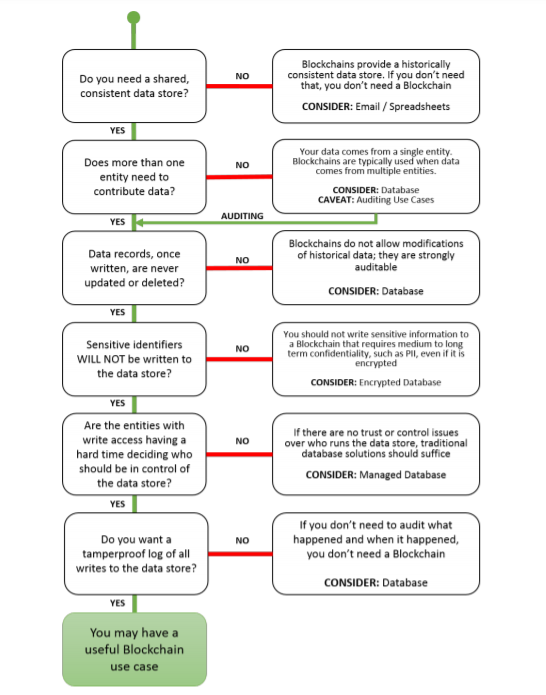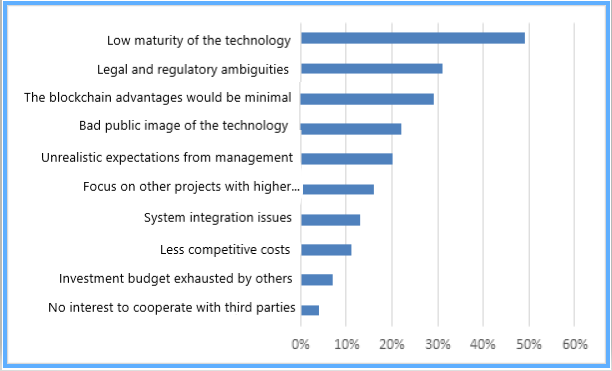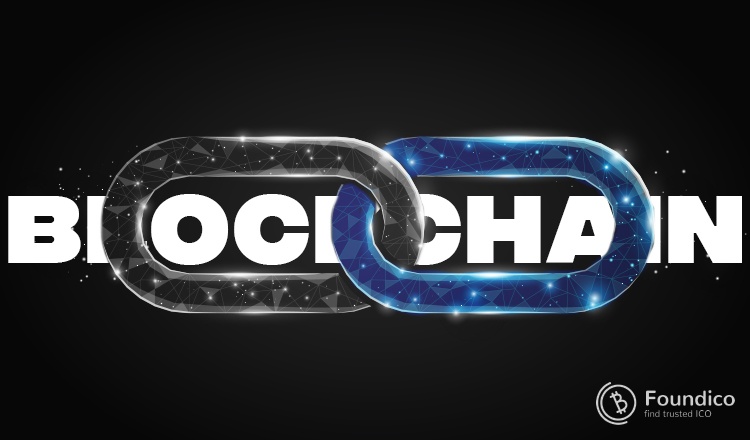When to use blockchain, advantages and disadvantages
Blockchain technology and especially its use outside cryptocurrencies is still very new and little researched area. Companies and governments are working to introduce this technology, but its deployment is not always appropriate - areas of appropriate deployment are still unstable and evolving. The main features, when it is appropriate to use a blockchain are summarized below.
Blockchain is suitable to use if the solution must reflect:
· Many participants
· The need to build trust,
· The absence of a third party or a third party is not very credible,
· Tasks that have the character of transactions,
· The need for a global (international, worldwide) digital identifier,
· The need for a cryptographically secure system of ownership,
· The need to simplify dispute resolution,
· The need to share the history of transactions and the origin of digital assets,
· The need for the regulator to monitor the activities of the regulated in real time.
The following flowchart is used for a quick initial assessment of the suitability of using a blockchain for the intended project:

This results in the specific features of this technology as well as the usual main benefits of use:
· Transparency and traceability: by having all users share the same data instead of individual copies, the whole set of transactions is more transparent. The consensus mechanism will ensure agreement of all users on one version of records, more in chapter 2.6. A high degree of transparency, auditability and analyzability of the data can be used for maintenance consistency of data (at the application level then also compliance with relevant regulations and standards),
· Possibility of public control: the visibility of transactions to all users makes it available for public control of any transition at any time, each user can independently verify (ensure) the correctness of processing of all data in blockchain, basically whether the conditions for the processing and transformation of input to output data have occurred; in the case of imposing a transformation prescription - a smart contract can see the processing algorithm; (e.g. any user can see anonymized voting results and can calculate the result of the elections and verify the correctness of their conduct),
· Data integrity: data cannot be modified or deleted by unauthorized or accidental way; the data author cannot deny his authorship to any other node. Based on the principles of operation of the blockchain technology results in variance by consensus verified stored data leads to the credibility of the stored records,
· Reduce costs and complexity: introduction of a single source of trusted data without the need for third parties can lead to increased efficiency, effectiveness and also to reduced overall processing costs and storage,
· Permanent and unchangeable digital recording: from the principle of blockchain technology it means that the data cannot be modified or deleted by unauthorized or in an accidental way and such alteration or invalidation of the original data can only be made by insertion a new correction record logically linked to the original,
· Demonstrable and verified transactions: the need for general compliance of network nodes prevents from entering incorrect data (e.g. incomplete, non-existent, inaccurate accounting documents; incorrect, incomplete, outdated personal data, etc.). Fair (random) node selection responsible for creating a new block of records and the need for consensus of other nodes when writing of the new block significantly eliminates the possibility of fraudulent action of the nodes responsible for the creation new blocks,
· Redundancy of stored data: data is automatically replicated in many places (nodes) so in the event of a failure or loss of data on one or more nodes, many copies still remain on other nodes, which ensures multiple redundancy of stored data,
· Building trust: by giving all users access to the entire transaction history, they can agree on it and it is not possible to change it retrospectively, it increases or, establishes confidence in this data,
· Possibility of effective implementation of smart contracts.
The objections, risks, threats and disadvantages of blockchain technology are strongly dependent on the specific implementation technologies and therefore require detailed explanations
The following graph shows the main barriers to the deployment of blockchain technology according to a recent EY study:


